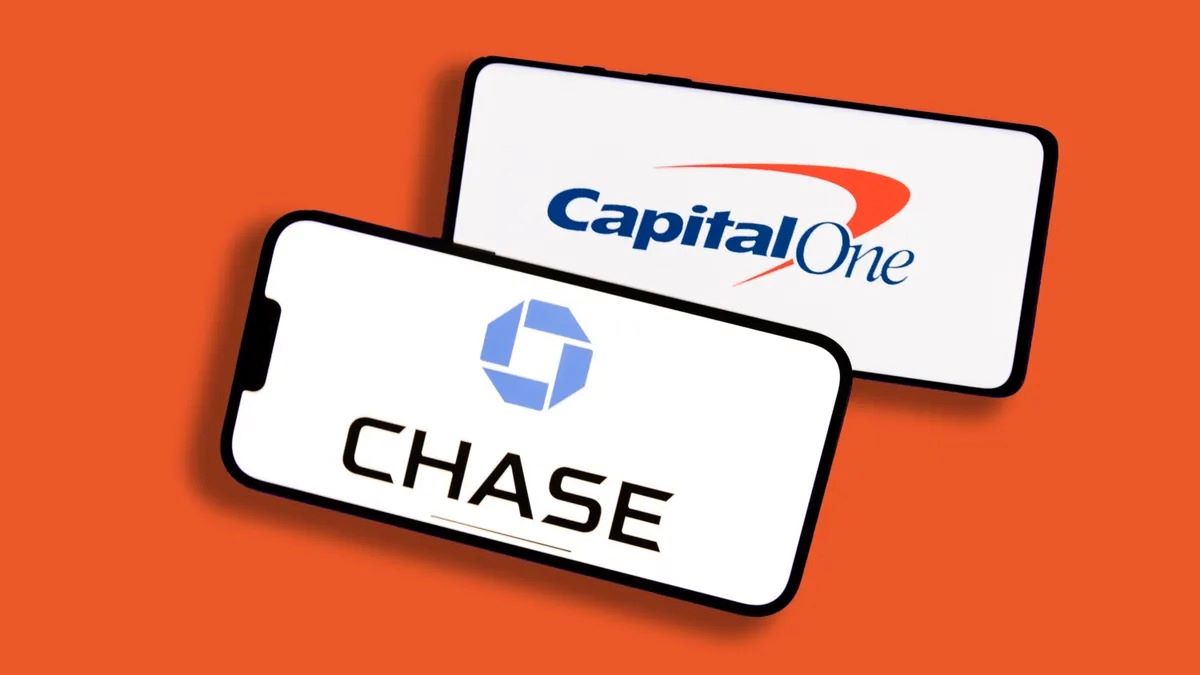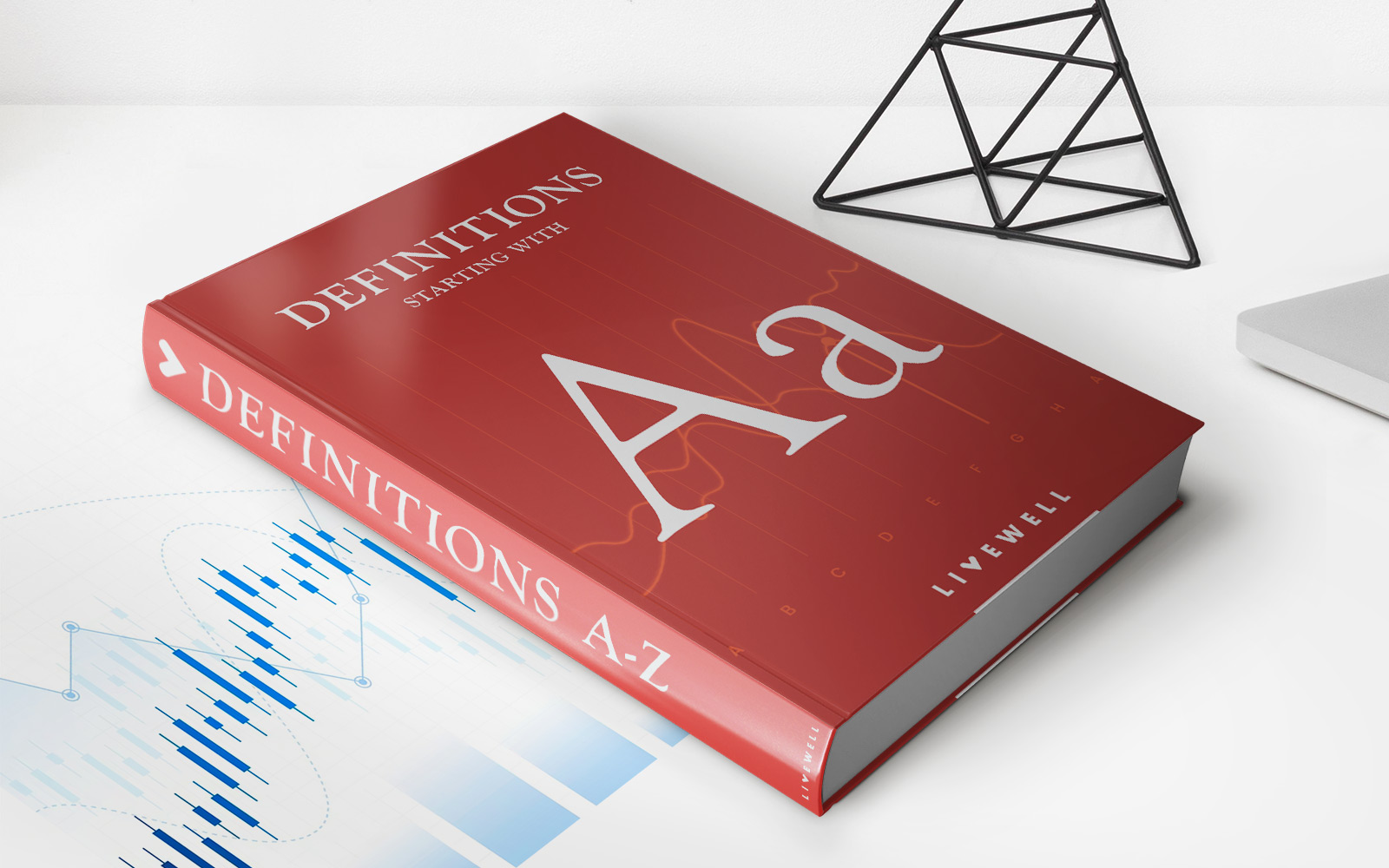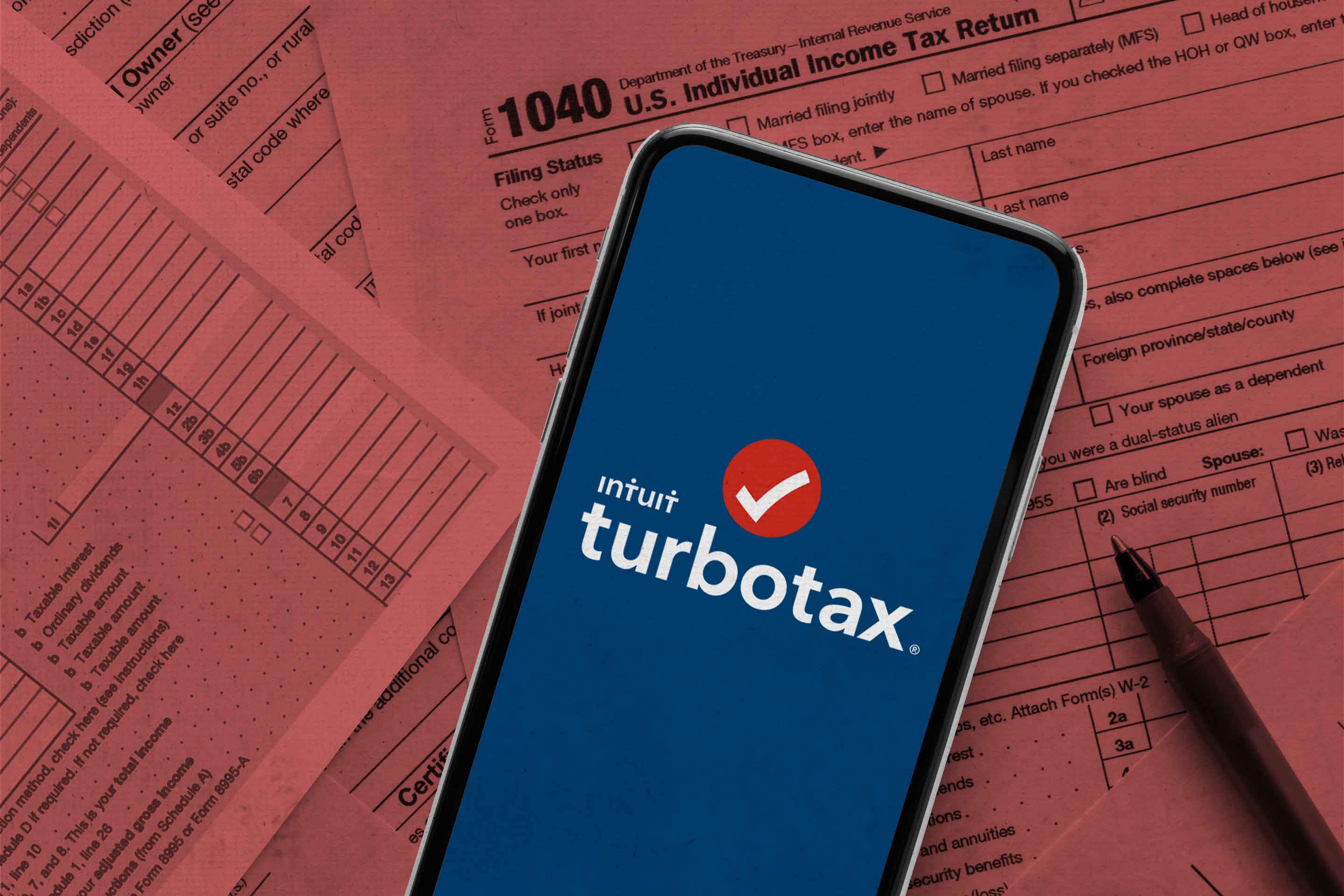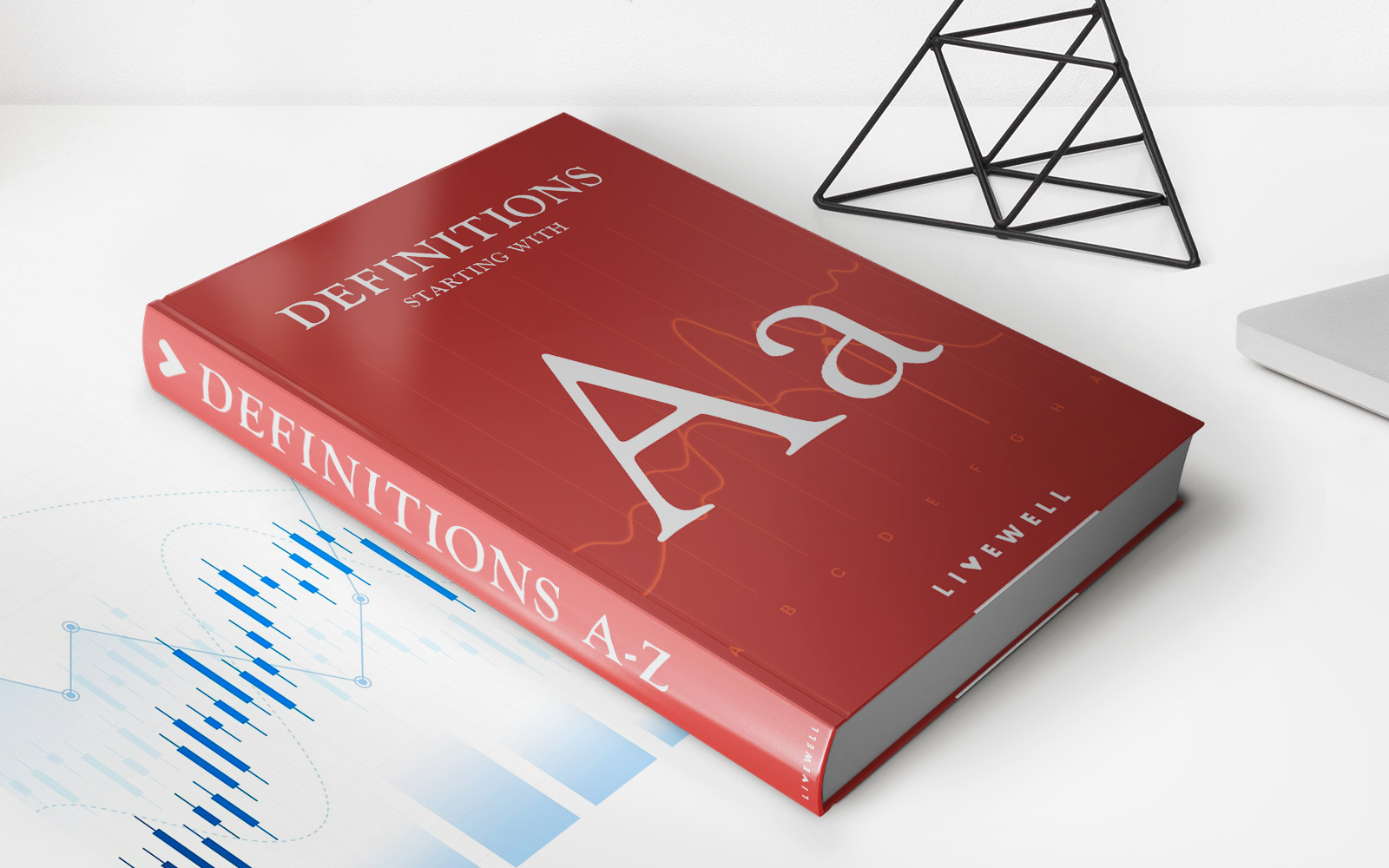

Finance
What Is The Minimum Payment On Chase Visa
Published: February 26, 2024
Learn how to calculate and manage the minimum payment on your Chase Visa card to stay on top of your finances. Get expert advice on managing your credit card payments.
(Many of the links in this article redirect to a specific reviewed product. Your purchase of these products through affiliate links helps to generate commission for LiveWell, at no extra cost. Learn more)
Table of Contents
Introduction
Understanding credit card payments is crucial for anyone with a credit card. Among the various terms associated with credit card usage, the concept of minimum payment holds significant importance. In this article, we will delve into the intricacies of minimum payments on Chase Visa credit cards, shedding light on what they entail, the factors influencing them, and why paying more than the minimum is advisable.
Credit cards have become an integral part of modern financial transactions, offering convenience and flexibility. However, it's essential to comprehend the financial responsibilities that come with credit card usage. One of the fundamental aspects is the minimum payment requirement, which can significantly impact your financial well-being if not managed effectively.
Understanding the dynamics of minimum payments, including how they are calculated and the factors affecting them, is essential for responsible credit card management. By gaining insights into these aspects, cardholders can make informed decisions regarding their payment strategies, ultimately contributing to better financial health. Let's embark on a journey to demystify the minimum payment on Chase Visa credit cards and explore its implications for cardholders.
Understanding Minimum Payments
Minimum payments represent the lowest amount a cardholder must pay by a specified due date to keep their credit card account in good standing. This requirement is mandated by the credit card issuer, in this case, Chase Visa, and failing to meet the minimum payment can result in late fees, interest charges, and potential damage to the cardholder’s credit score.
It’s important to note that while making the minimum payment keeps the account current, it does not eliminate the balance. The remaining balance, subject to interest, carries over to the next billing cycle. Consequently, consistently making only the minimum payment can lead to a prolonged repayment period and significantly higher interest costs.
Understanding the implications of minimum payments is crucial for responsible credit card management. Cardholders should recognize that while meeting the minimum requirement is essential to avoid penalties, it should not be viewed as an optimal repayment strategy. Instead, it serves as a safety net to prevent negative consequences, emphasizing the importance of managing credit card balances proactively.
By comprehending the role of minimum payments and their limitations, cardholders can make informed decisions about their repayment approach, striving to minimize interest costs and expedite debt repayment. This understanding empowers individuals to take control of their financial obligations and work towards achieving long-term financial stability.
Factors Affecting Minimum Payment
The minimum payment on a Chase Visa credit card is influenced by several key factors, each playing a crucial role in determining the required amount. Understanding these factors is essential for cardholders to anticipate and manage their minimum payment obligations effectively.
- Outstanding Balance: The most significant factor affecting the minimum payment is the outstanding balance on the credit card. Typically, the minimum payment is calculated as a percentage of the total balance, ensuring that a minimum level of repayment is made each month.
- Interest Rate: The annual percentage rate (APR) associated with the credit card directly impacts the minimum payment. A higher interest rate results in a larger portion of the minimum payment going towards interest, potentially extending the time needed to pay off the balance.
- Fixed Fees: Certain credit card issuers impose fixed fees as part of the minimum payment calculation. These fees, such as annual fees or maintenance charges, contribute to the overall minimum payment requirement.
- Regulatory Requirements: Credit card regulations and consumer protection laws may stipulate minimum payment standards, influencing the calculation methodology. These requirements aim to ensure that minimum payments are reasonable and contribute to debt reduction.
- Payment History: A cardholder’s payment history, particularly any late or missed payments, can impact the minimum payment amount. Negative payment behavior may trigger penalty fees and result in a higher minimum payment in subsequent billing cycles.
By considering these factors, cardholders can gain insight into the dynamics of minimum payments and strategically manage their credit card balances. Proactive management, such as reducing the outstanding balance and monitoring interest rates, can help individuals navigate minimum payment obligations more effectively, ultimately contributing to better financial outcomes.
Calculating Minimum Payment
The calculation of the minimum payment on a Chase Visa credit card involves a structured methodology that considers various aspects of the cardholder’s financial obligations. While specific calculations may vary based on the credit card terms and issuer policies, certain common elements typically contribute to the minimum payment determination.
One prevalent approach to calculating the minimum payment involves a combination of the following factors:
- Percentage of the Balance: Credit card issuers often set the minimum payment as a percentage of the outstanding balance. This percentage can vary but commonly ranges between 1% and 3% of the total balance. For example, if the outstanding balance is $1,000 and the minimum payment percentage is 2%, the minimum payment would amount to $20.
- Interest and Fees: The minimum payment calculation may include accrued interest for the billing cycle and any applicable fees. These additional charges contribute to the total minimum payment amount, ensuring that the cardholder addresses both the principal balance and associated costs.
- Fixed Minimum Amount: Some credit card issuers implement a minimum fixed payment amount, ensuring that the cardholder pays a specified minimum, regardless of the percentage calculation. This approach provides a baseline for the minimum payment, particularly for lower balances.
By understanding the components involved in minimum payment calculation, cardholders can anticipate their payment obligations and plan their finances accordingly. It’s important to note that while the minimum payment represents the minimum required to avoid penalties, focusing solely on this amount can lead to prolonged debt repayment and increased interest costs. Therefore, individuals are encouraged to consider paying more than the minimum to expedite debt reduction and minimize interest expenses.
Effectively managing the minimum payment and exploring opportunities to pay beyond the minimum can significantly impact a cardholder’s financial well-being, fostering a proactive approach towards debt management and long-term financial stability.
Importance of Paying More Than the Minimum
While meeting the minimum payment requirement on a Chase Visa credit card is essential to avoid penalties and maintain good standing, the significance of paying more than the minimum cannot be overstated. Opting to pay more than the minimum offers several compelling advantages that contribute to improved financial health and accelerated debt repayment.
Interest Savings: By paying more than the minimum, cardholders can reduce the outstanding balance more rapidly, resulting in lower interest charges over time. Since interest accrues based on the remaining balance, reducing the principal amount through additional payments can lead to substantial interest savings, ultimately expediting debt repayment.
Debt Reduction: Paying more than the minimum facilitates faster debt reduction, allowing cardholders to regain financial freedom and reduce the burden of long-term credit card balances. This proactive approach aligns with responsible financial management, empowering individuals to take control of their debt and work towards a debt-free future.
Credit Score Improvement: Consistently paying more than the minimum reflects positively on a cardholder’s credit utilization ratio, a critical factor in credit scoring models. By lowering the utilization ratio through higher payments, individuals can potentially see improvements in their credit scores, opening doors to better financial opportunities in the future.
Financial Discipline: Choosing to pay more than the minimum cultivates financial discipline and responsible spending habits. It encourages individuals to prioritize debt repayment and allocate additional funds towards achieving financial goals, fostering a proactive and prudent approach to managing personal finances.
Emphasizing the importance of paying more than the minimum empowers cardholders to proactively address their credit card balances, minimize interest costs, and expedite debt repayment. By embracing this approach, individuals can pave the way towards long-term financial stability and cultivate a positive relationship with credit, ultimately contributing to a healthier financial outlook.
Conclusion
Understanding the minimum payment on Chase Visa credit cards is pivotal for responsible credit card management. While the minimum payment serves as a safeguard against penalties and adverse credit implications, it should not be viewed as the optimal repayment strategy. By comprehending the dynamics of minimum payments, including their calculation, influencing factors, and the benefits of paying more than the minimum, cardholders can navigate their credit card obligations more effectively and work towards financial stability.
It’s imperative for individuals to recognize that while meeting the minimum payment requirement is essential, proactively paying more than the minimum offers numerous advantages, including interest savings, debt reduction, credit score improvement, and the cultivation of financial discipline. Embracing this proactive approach empowers cardholders to take control of their financial well-being, minimize interest costs, and expedite the journey towards debt freedom.
Ultimately, responsible credit card management extends beyond meeting minimum requirements. It involves strategic financial planning, prudent decision-making, and a commitment to reducing debt burdens. By leveraging a comprehensive understanding of minimum payments and adopting proactive repayment strategies, individuals can pave the way towards a healthier financial future, free from the constraints of prolonged debt and excessive interest costs.
As cardholders continue to navigate their financial journeys, the knowledge and insights gained from understanding minimum payments will serve as a valuable asset, empowering them to make informed decisions, manage their credit card balances effectively, and strive towards long-term financial well-being.














